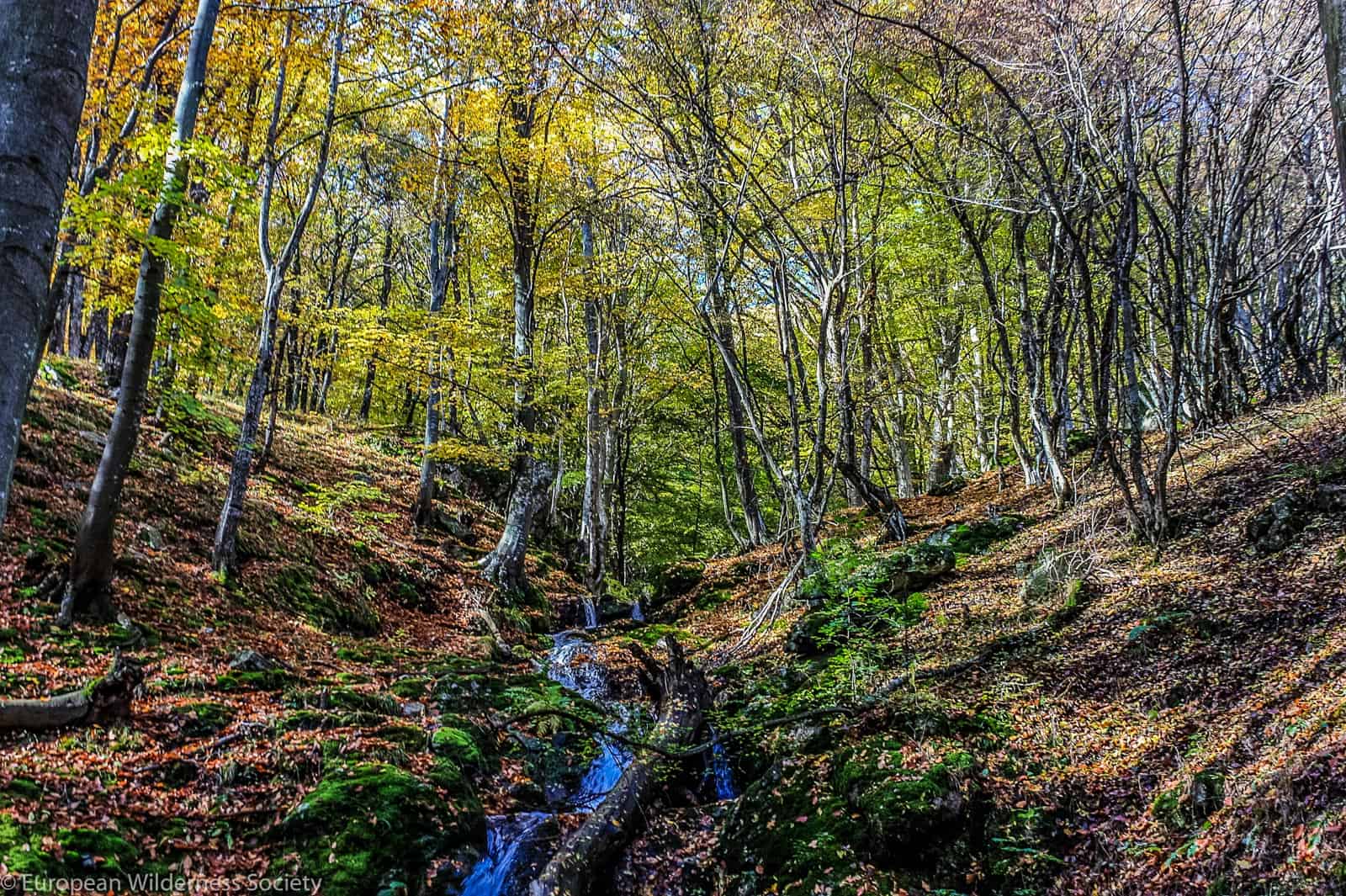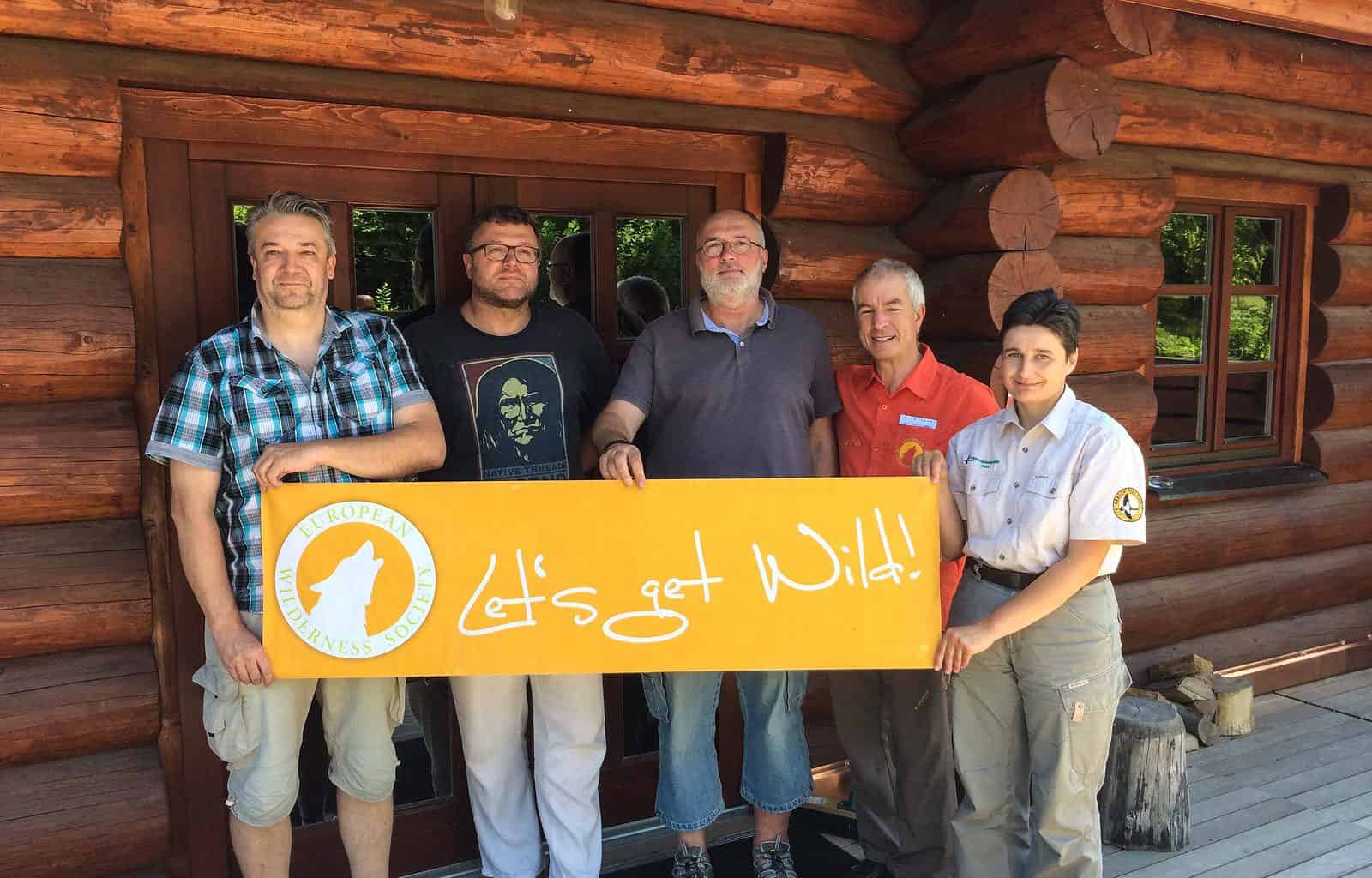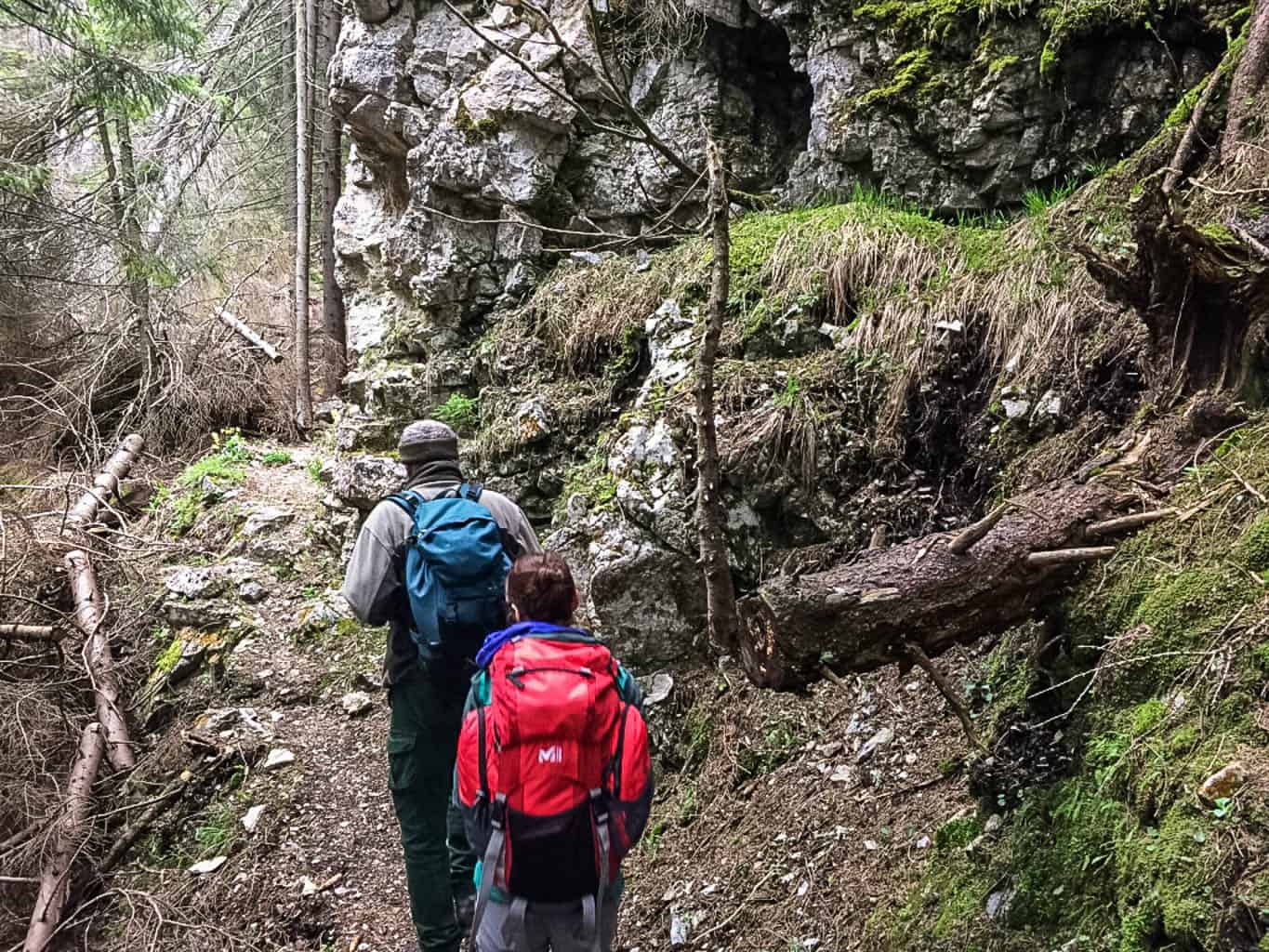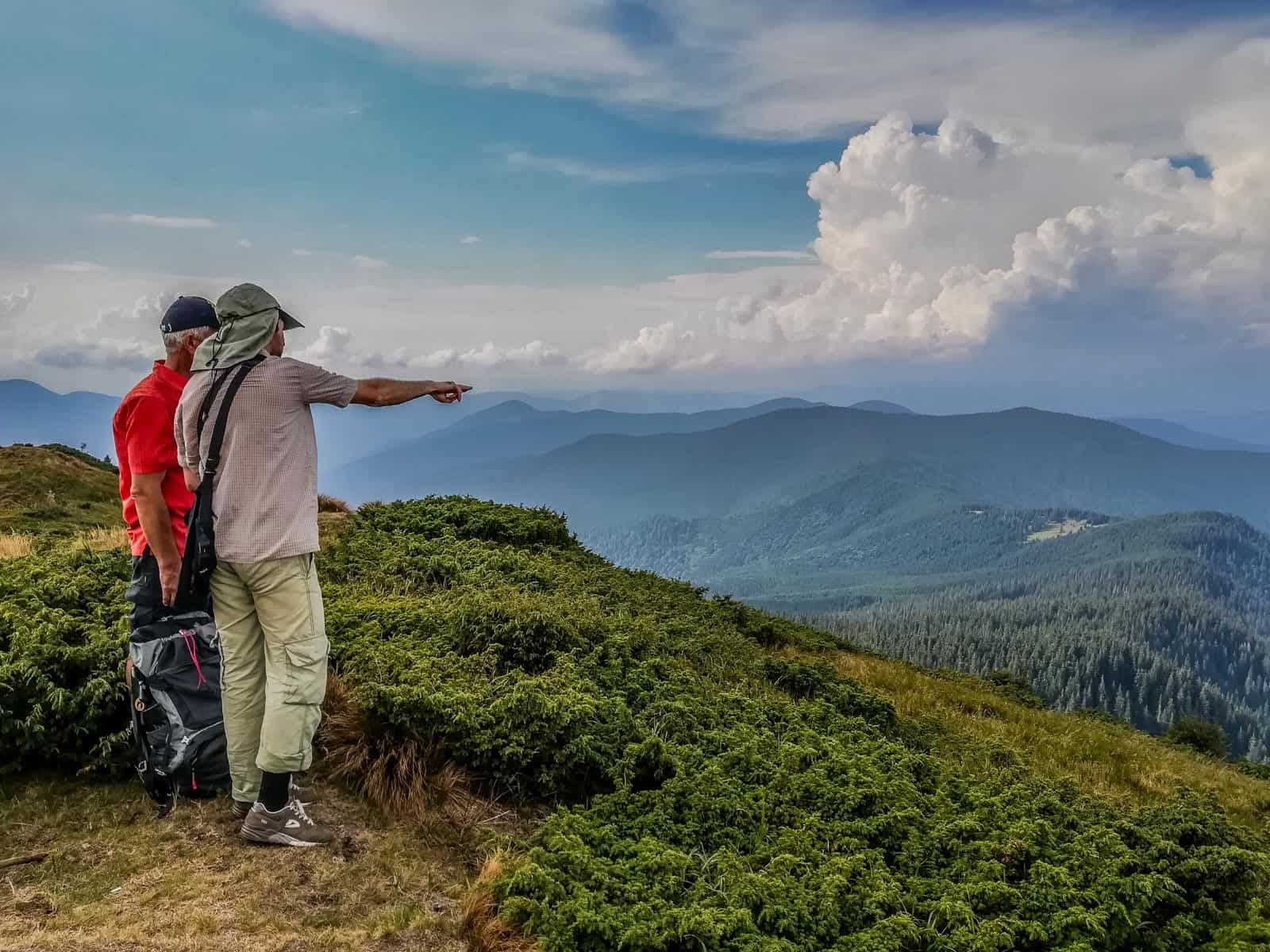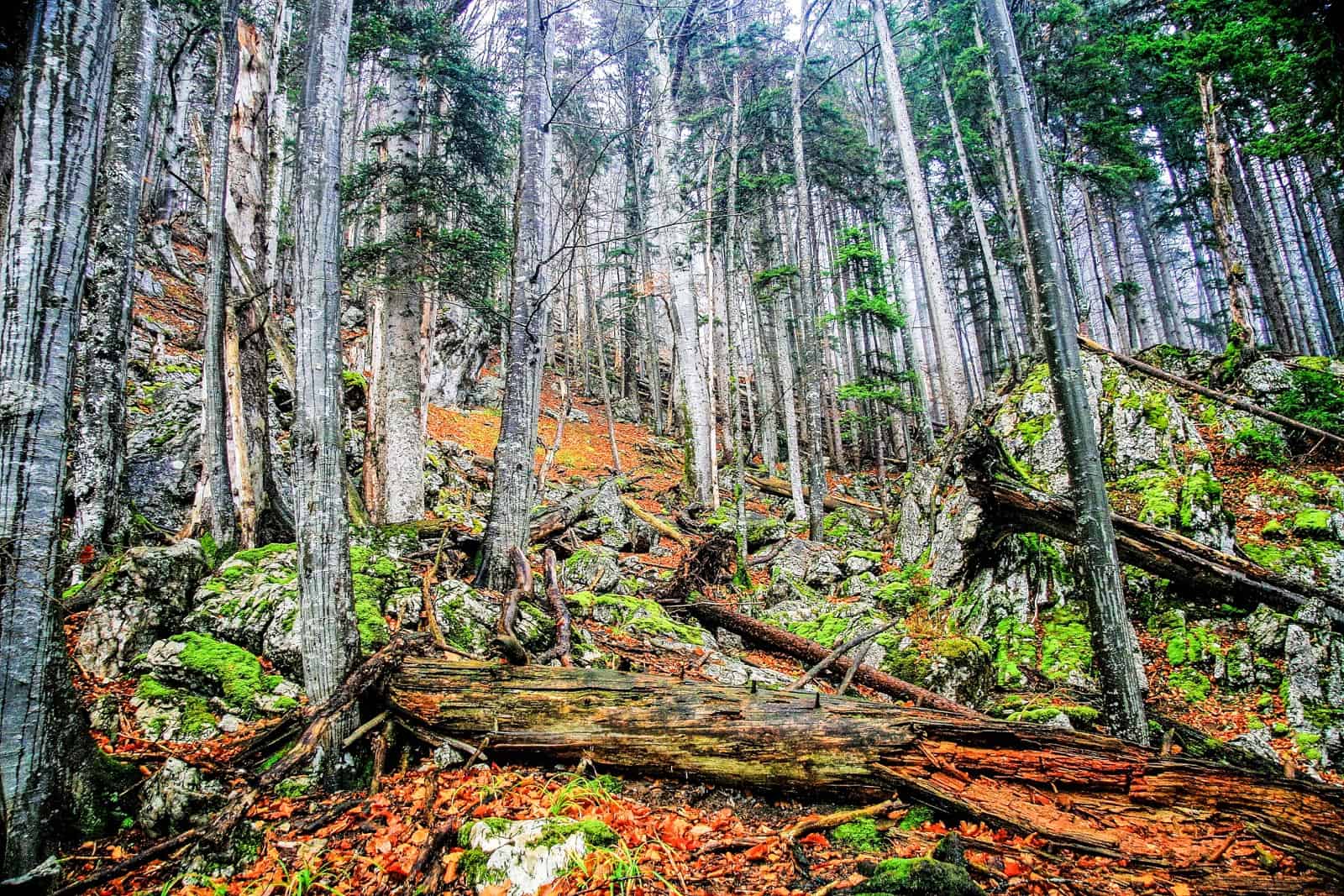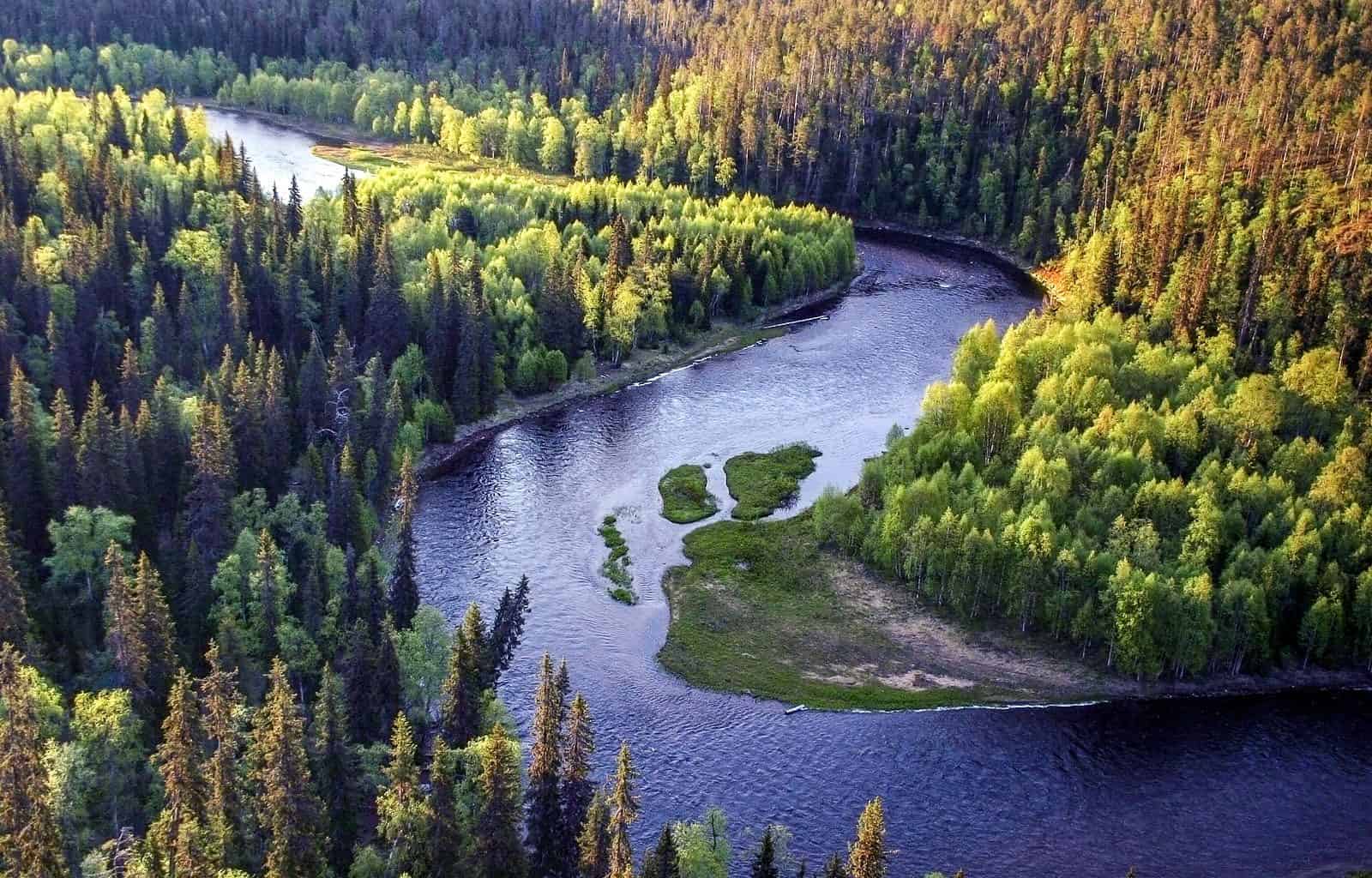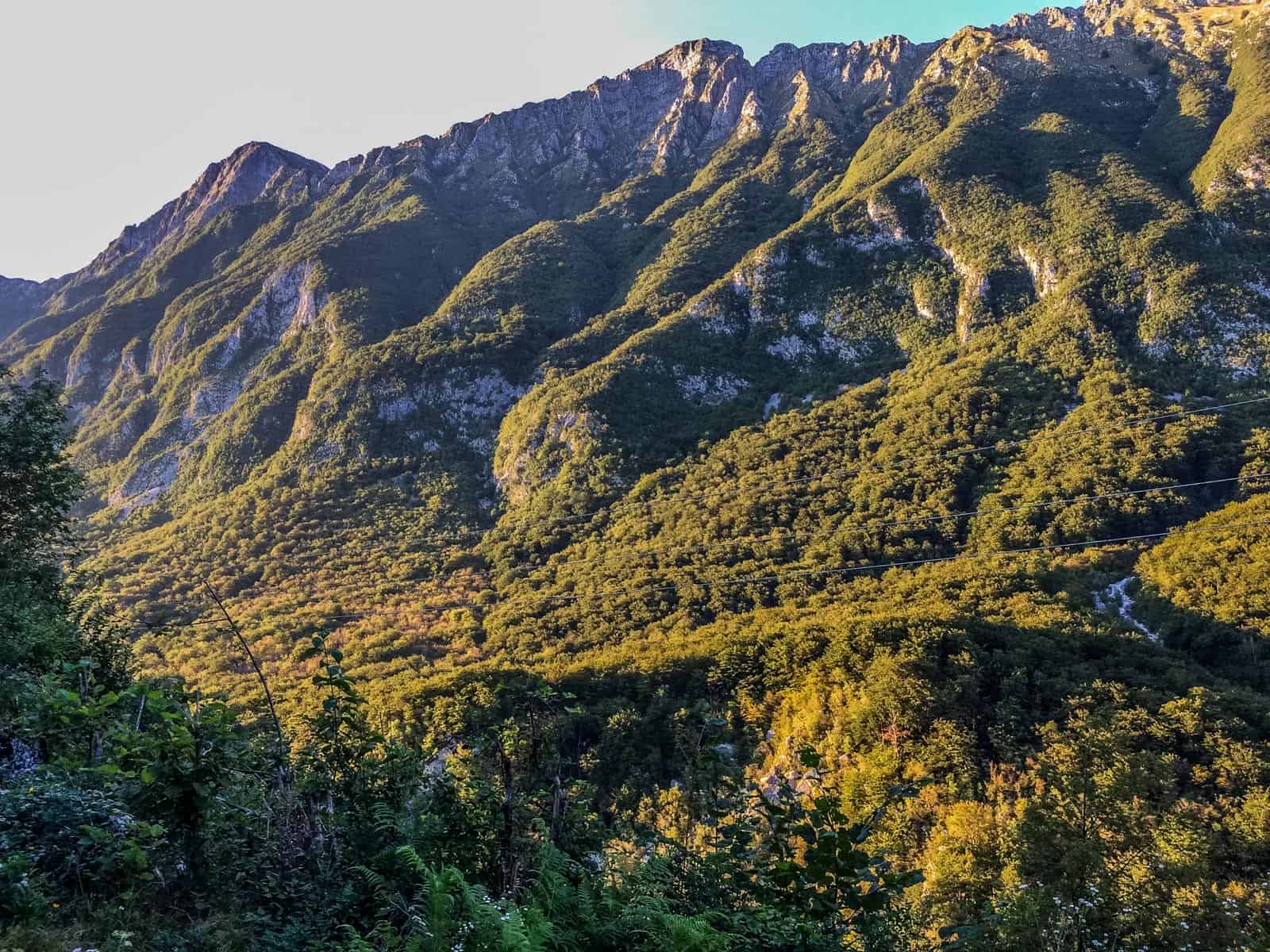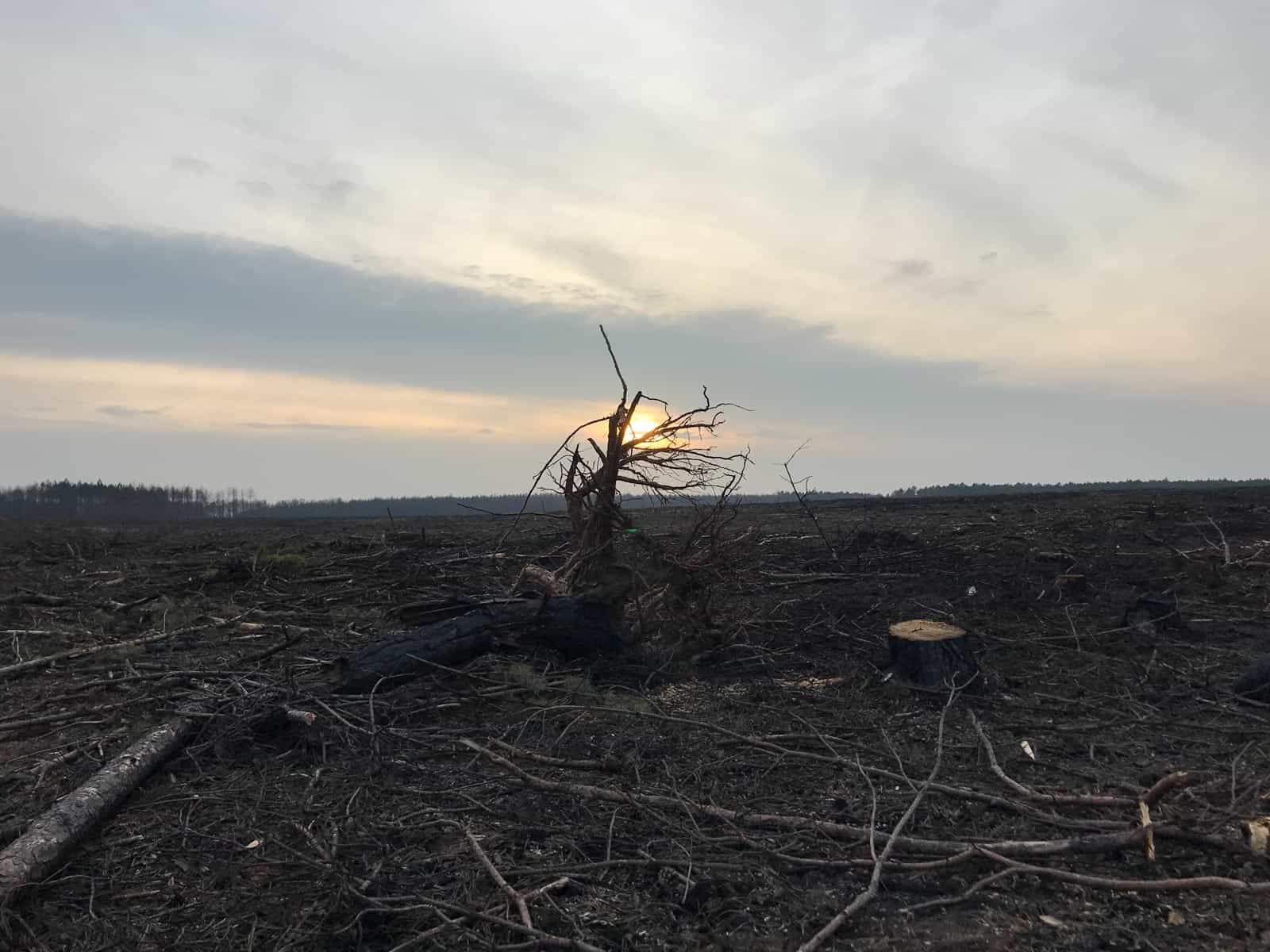Natura 2000 as potential Wilderness
This is the second part of a two-part article. Read the first part to find out how natural dynamics can be encouraged in Natura 2000 sites.
One outcome of letting nature take its own direction is Wilderness. This requires large areas, in which nature is able to develop freely, even if previously shaped by humans. Natura 2000 sites can provide these conditions. Wilderness has an important intrinsic and spiritual value to a nation. Open development is crucial: no goals, no definite images of forests or landscapes, no focus on specific species. Simply freedom for nature, so that it can develop in an autonomous way with the liberty to take its own direction. Wilderness is the path as well as the goal – it gives nature the room and the strength to evolve. This can lead to valuable experiences and learning opportunities for people and the economy. This approach includes allowing new species, which either humans introduced or spread by themselves, to continue unmanaged. After all, the threshold between native and foreign species is difficult to distinguish, and often just a matter of timespan.
Please also read the first part: Natura 2000 as a dynamic network
Allowing natural development in Natura 2000 areas can be the ideal path to implement the EU-Wilderness-strategy of 2013. We can easily apply natural development to streams, bogs and beech forests or other near-natural forest types. If we allow dynamic key factors such as flow- and morpho-dynamics, the number of mosaics and diversity in the landscape can increase. New Wilderness is possible with Natura 2000, if we integrate these areas in the general context of larger regions. Remaining protected areas must then secure the survival of the other natural resources.
Habitat-analysis for species that need protection
Many species that we recognise nowadays originated from Wilderness and would be able to cope with Wilderness again. For example, the yellow-bellied toad (Bombina variegata) today lives almost exclusively in artificial water bodies. But in the past, its primary habitats were dynamic floodplains. Birds living in oak forests are dependent on the structures and rough bark of the oak. They would survive equally well if the forest were to return to the original old-growth beech. Scientific research shows that plant species in pastures thrive equally well in meadows or glades, which develop in Wilderness.
Boundaries to randomness
Wilderness helps to protect landscapes, habitats and species in many cases, but of course not in every case. If we also want to preserve habitats and species that colonised the area within the course of usage history, allowing the land to return to Wilderness is not effective. As a result, Wilderness can only happen in a part of the Natura 2000 areas. They must be large for true Wilderness to be achieved. By taking a look at the whole region, choosing priorities and researching viable populations, we can create checkpoints of preservation.
The Habitats Directive in particular refers to coherence, networks and biodiversity from a holistic perspective. Management plans and strategies have to go beyond individual distributions to consider the larger population. Occasionally, we must treat different areas within Natura 2000 as part of the greater region – despite current and widespread practical approaches that aim to conserve at a small scale.
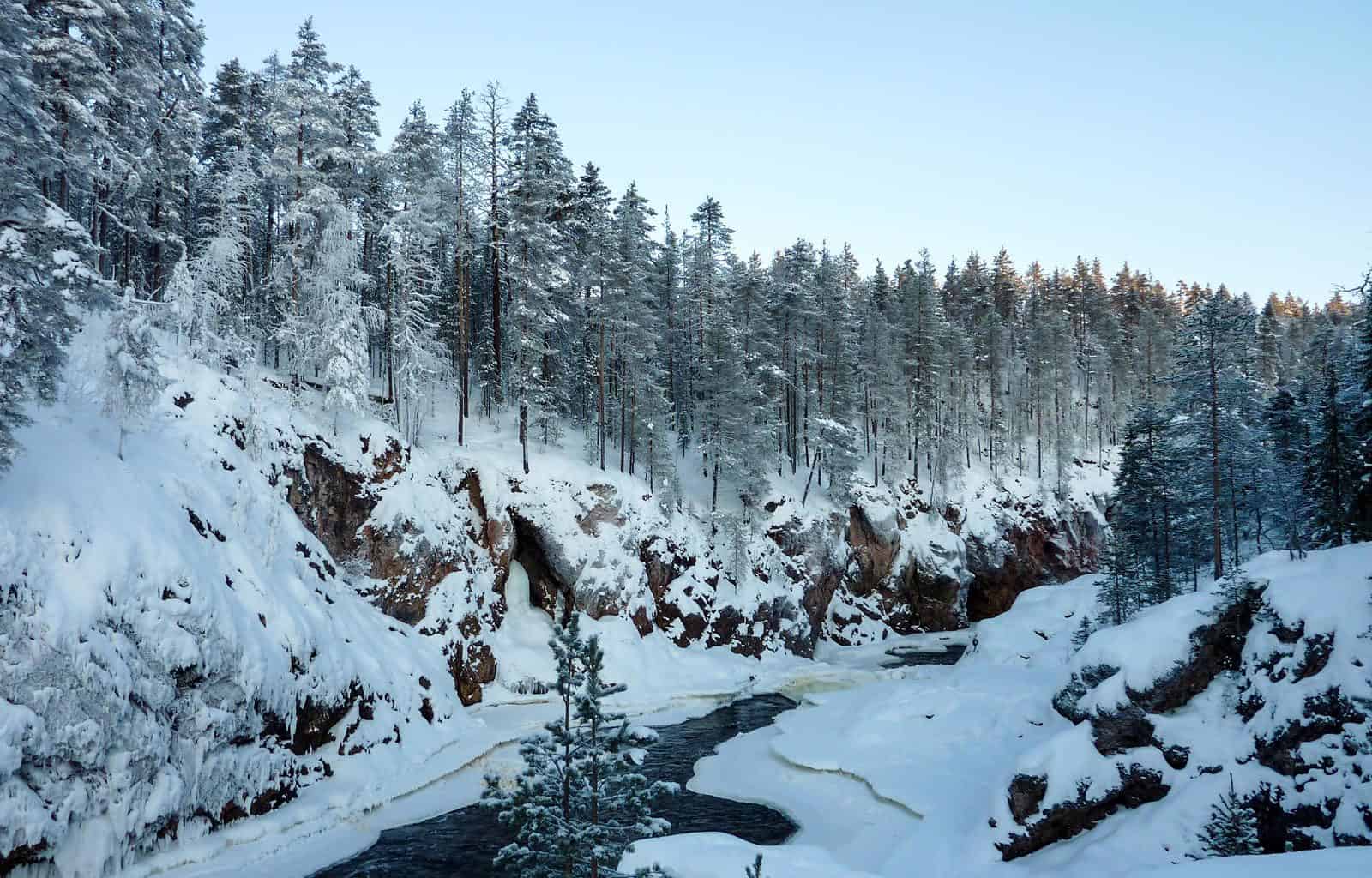
Natura 2000 – a network of culture and Wilderness in a dynamic flow
Specific conservation plans and strategies in a protected area should be complemented with areas for the restoration of primary habitats, and ultimately the return to historic Wilderness. This may also encompass “new” Wilderness areas, where newly developing habitat types are permitted. This is needed if we are to build a vibrant and diverse European network of nature.
For this to occur, an area-comprehensive priority-based concept for larger regions is obligatory, where systems can be identified as focus points, and other areas are free to allow the unhindered development of Wilderness. This approach requires a continuously up-to-date database of species- and habitat-distributions.
To protect important natural resources, a flexible system of areas should be developed in addition (not replacing!) to existing protected areas. Dynamic development is one of the core characteristics of nature, and conservation practices should reflect this. Let us allow more room for dynamics and Wilderness in protection regimes.
If we apply this to the whole Natura 2000 system, there will be more space for Wilderness in Europe, and the ‘rewilding’ process may also lead to new, natural habitats emerging to further diversify Europe’s landscapes. Let us open our horizon in every sense – because it is our nature to do so.
This is the second part of a two-part article. Read the first part to find out how natural dynamics can be encouraged in Natura 2000 sites.

